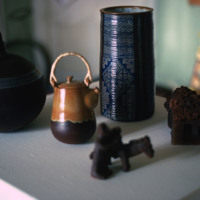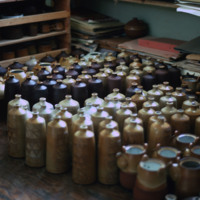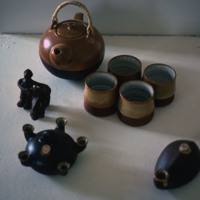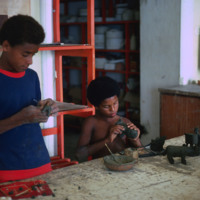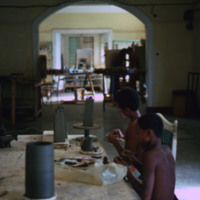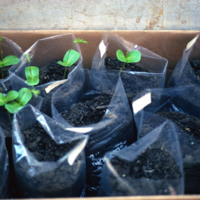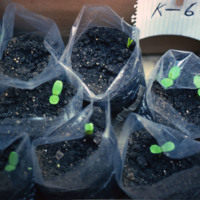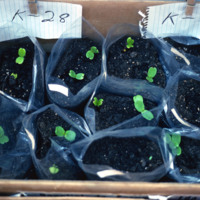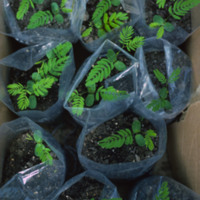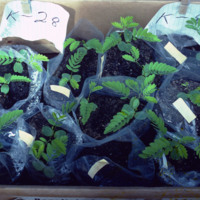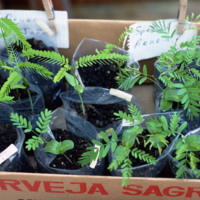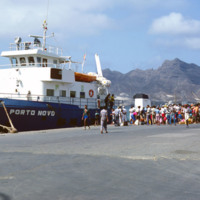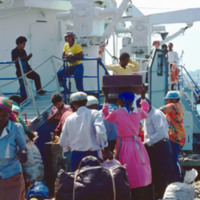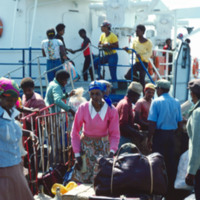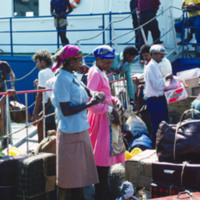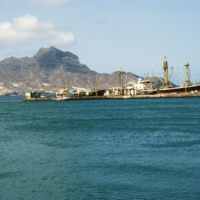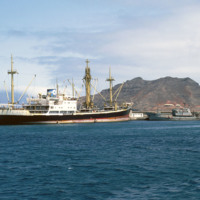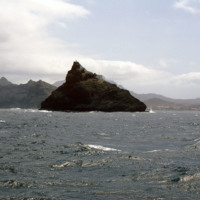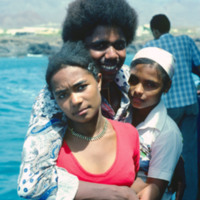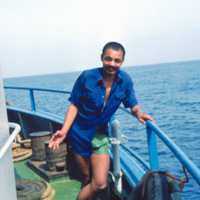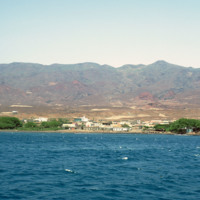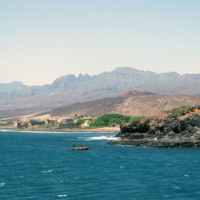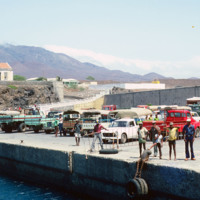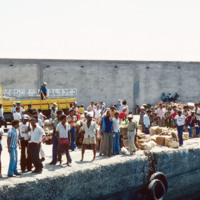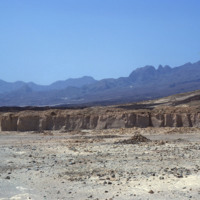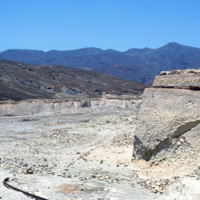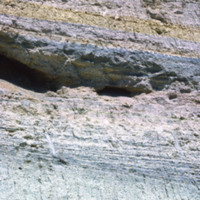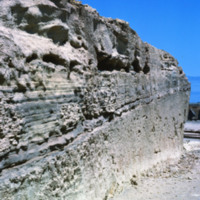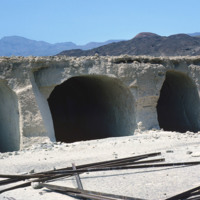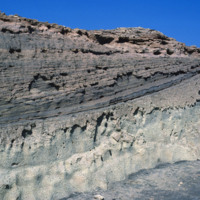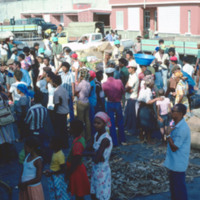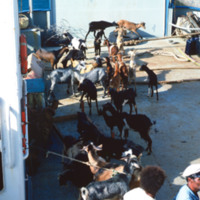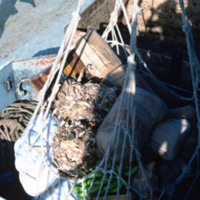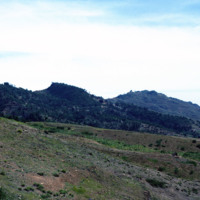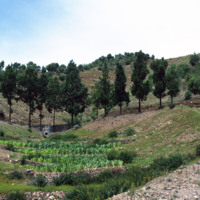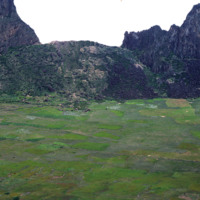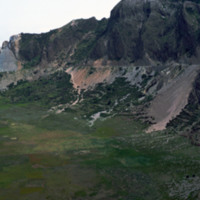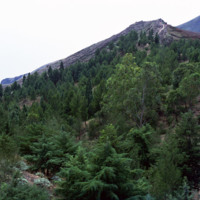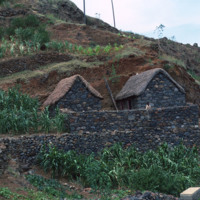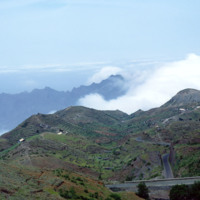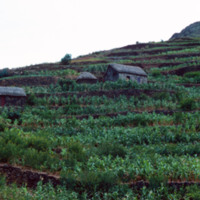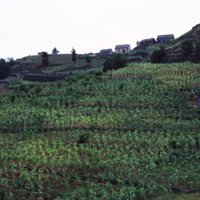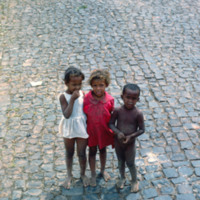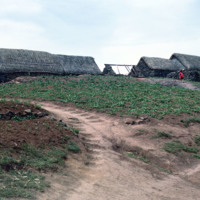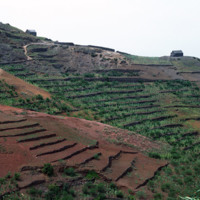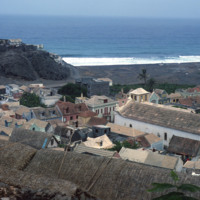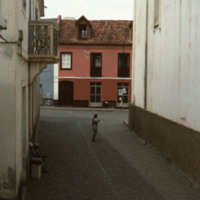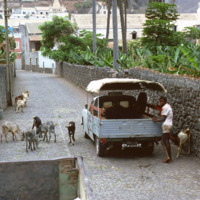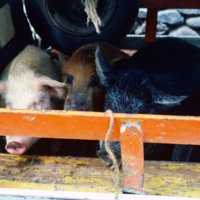Browse Items (657 total)
- Collection: Baxter Collection of Images of Cape Verde
Pottery
Tags: Mindelo, pottery, São Vicente, tourism
Pottery
Tags: Mindelo, pottery, São Vicente, tourism
Pottery for Toustis
Tags: commerce, Mindelo, pottery, São Vicente, tourism
Boys Making Pottery
Tags: commerce, Mindelo, pottery, São Vicente, tourism
Seedlings of "Leucina"
Seedlings of "Leucina"
Seedlings of "Leucina"
Seedlings of "Leucina"
Seedlings of "Leucina"
Seedlings of "Leucina"
"Porto Novo" in Mindelo
Tags: dock, ferry, harbor, Mindelo, São Vicente, ships, transportation, vessel
Passengers Board "Porto Novo"
Tags: dock, ferry, harbor, Mindelo, São Vicente, ships, transportation, vessel
Passengers Board "Porto Novo"
Tags: dock, ferry, harbor, Mindelo, São Vicente, ships, transportation, vessel
Passengers Board "Porto Novo"
Tags: dock, ferry, harbor, Mindelo, São Vicente, ships, transportation, vessel
Mindelo from "Porto Novo"
Tags: ferry, harbor, Mindelo, port, Porto Grande, São Vicente, transportation
Ships at Porto Grande
Tags: ferry, harbor, Mindelo, port, Porto Grande, São Vicente, transportation
Ilhéu dos Pássaros
Tags: ferry, islet, lighthouse, seascape
Passengers Onboard "Porto Novo"
Tags: ferry, passengers, portrait, transportation
Passengers Onboard "Porto Novo"
Tags: ferry, passengers, portrait, transportation
Man Onboard "Porto Novo"
Tags: ferry, passengers, portrait, transportation
Porto Novo From Ferry
Tags: harbor, port, Porto Novo, Santo Antão, transportation, waterfront
Approaching Porto Novo
Tags: ferry, harbor, port, Porto Novo, Santo Antão, waterfront
Dock Scene at Porto Novo
Tags: docks, ferry, harbor, port, Porto Novo, Santo Antão
Approaching Porto Novo
Tags: docks, ferry, harbor, port, Porto Novo, Santo Antão
Pozolan Mines
Tags: mines, pozolan, Santo Antão
Pozolan Mines
Tags: mines, pozolan, Santo Antão
Pozolan Mines
Tags: mines, pozolan, Santo Antão
Pozolan Mines
Tags: mines, pozolan, Santo Antão
Pozolan Mines
Tags: mines, pozolan, Santo Antão
Pozolan Mines
Tags: mines, pozolan, Santo Antão
Offloading in Porto Novo
Tags: dock, ferry, Porto Novo, Santo Antão, transportation
Offloading in Porto Novo
Tags: dock, ferry, Porto Novo, Santo Antão, transportation
Offloading in Porto Novo
Tags: dock, ferry, Porto Novo, Santo Antão, transportation
Journey to Ribeira Grande
Tags: foothills, landscape, Ribeira Grande, Santo Antão
Foothills
Journey to Ribeira Grande
Tags: cliff, landscape, pinnacle, ribeira, Ribeira Grande, Santo Antão
Journey to Ribeira Grande
Tags: landscape, mountain, ribeira, Ribeira Grande, Santo Antão
Journey to Ribeira Grande
Mountain Side Farming
Mountain Agriculture
Tags: agriculture, Hill Farming, mountain, Mountain villlage, peak, Ribeira Grande, roads, rural, Santo Antão
Mountainside Farming
Mountain Farm Village
Tags: agriculture, Hill Farming, landscape, Ribeira Grande, rural, Santo Antão, sugar cane
Local Children
Tags: children, Povoação, Ribeira Grande, Santo Antão, street, town
Mountain Village
Tags: agriculture, children, Hill Farming, Ribeira Grande, Santo Antão
Journey to Ribeira Grande
Vila Ribeira Grande
Tags: beach, ocean, Ribeira Grande, Santo Antão, Seacoast, shoreline, Small Village
Alley in Ribeira Grande
Man with Livestock in Ribeira Grande
Tags: livestock, Ribeira Grande, roads, Santo Antão, street view, urban
Livestock in Truck
Tags: commerce, farming, livestock, pig, Ribeira Grande, Santo Antão
